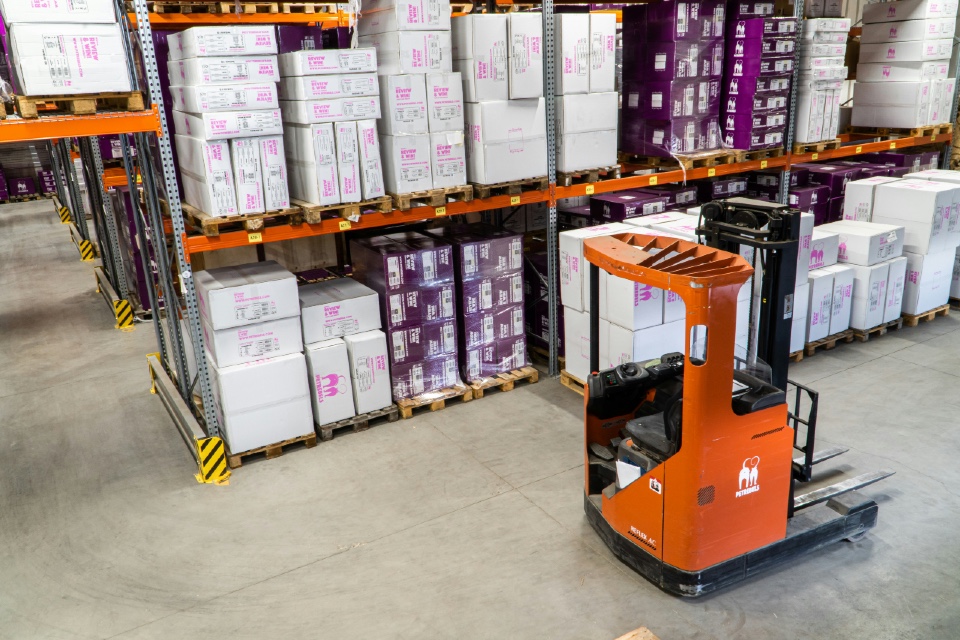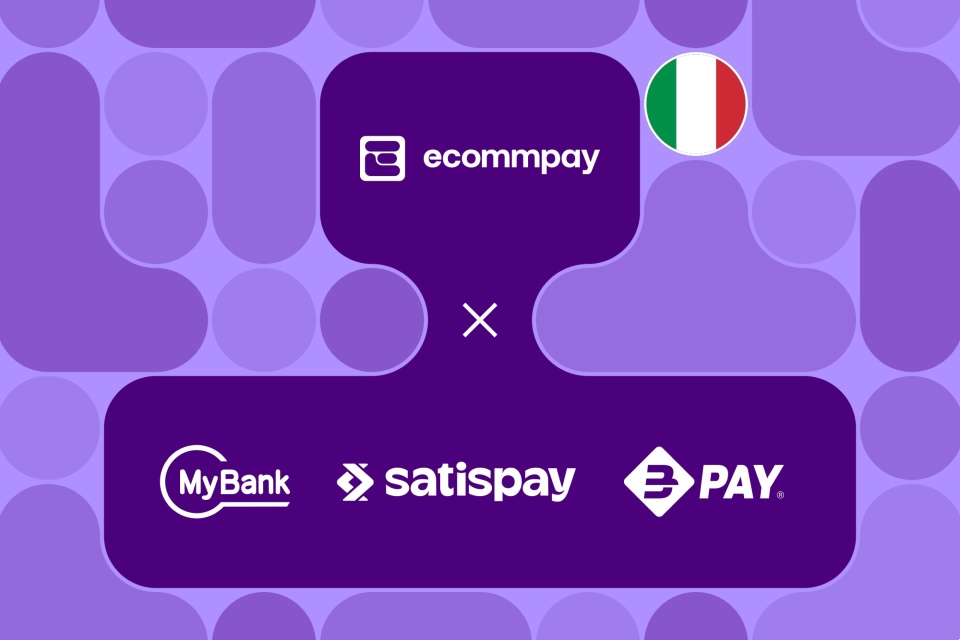Starting up as a retailer is easy – it’s managing growth that’s tricky. Entrepreneurial individuals can leverage any one of over 400 marketplaces to build up a brand and access global customers. Stock can be stored in a single location and orders quickly fulfilled by hand. But that’s just the start. Successful business expansion depends upon the ability to sustain customer experience and brand value irrespective of the number of additional customers, channels, or product lines. And that is where a great business – and business owner – can start to unravel.
Identifying the right time to invest and scale up the business to the next level is difficult. But there are often signs the current model is beginning to creak. Whether it is spending evenings and weekends trying to keep up with orders, making mistakes in order processing and inventory that are leading to customer service issues, or feeling overwhelmed by a spiralling cost base, it is time to invest in technology before growth risks derailing the business.
Chris Timmer, CEO of Linnworks explains why an e-commerce platform that seamlessly manages inventory and order fulfilment across multiple marketplaces, third-party logistics, and couriers, as well as providing a real-time view of business performance, is essential to safeguarding both customers’ and owners’ retail experiences…
Expanding Business Opportunities
The number of UK retail companies is on the rise, with a 14% increase in five years,resulting in an additional 27,445 new companies in the sector. Many of these companies have exploited the power of online marketplaces to take an idea from the kitchen table to potentially a global audience. Entrepreneurs have mastered product design, sourcing, and marketing; they have leveraged small start-up capital investments to build inventory, create the right pricing model, and curate a brand. All of this typically uses basic tools such as spreadsheets.
But what happens next? When customers like the product, sales soar and feedback is great, how does a business take the next step? Multi-channel retail is really important – with 70% of customer searches originating on marketplaces and social media– but each additional marketplace adds complexity and risk. How can the order process be managed effectively? Where should stock be located? Are third-party logistics (3PL) providers the best option? Which courier’s price and service delivery model provides the best fit for customer expectations? And is it possible to provide customers with the full visibility of order status throughout?
These decisions are daunting – and it can be tempting to stay small in order to control. But realistically, is the business really under control? Or is the business owner working 7 days a week simply to keep the wheels turning? Any growing small business will hit a point when change is inevitable. But what needs to change and where should the investment be focused? Adding people is expensive, inflexible, and higher risk, especially when sales can be cyclical at best, and volatile at worst. Extending the number of marketplaces the business sells through is simple on paper but can be a nightmare in practice, especially if a retailer is still trying to handle the entire process manually and can be a fast track to losing hard-won customer loyalty.
Timing is Everything
To scale without adding unnecessary risk or unacceptable cost, a retailer needs to connect and automate every aspect of the e-commerce process. With a flexible pricing model that aligns cost to value, dedicated Connected CommerceOps software affordably provides a level of cross-marketplace efficiency with inventory management and fulfillment excellence that cannot be achieved using multiple spreadsheets or home-grown databases.
By operationalizing the entire e-commerce process, a small retailer can seamlessly scale up while sustaining a high-quality customer experience. With a single, reconciled view of inventory across warehouses and third-party logistics providers, the risk associated with expanding across multiple marketplaces is mitigated by enabling efficient order fulfillment processes that truly meet each customer’s expectations.
Leveraging an ecosystem of integrated solutions to include pricing, listing capabilities, or shipping to provide customers with full visibility of order status and delivery, with access to marketplace channels, the entire e-commerce process can be executed holistically. The retailer’s reach is extended while safeguarding the quality of experience that is at the heart of successful, profitable growth.
Retain Focus with Intelligence
Furthermore, Connected CommerceOps delivers new levels of insight into every part of the retail process, allowing early intervention when inevitable problems arise and supporting further growth plans. Rather than spending 100% of the time operationally firefighting, a business owner or management team can use insight to understand trends in customer behavior, optimize inventory models, and continually assess courier performance.
For example, evidence suggests that a five or more marketplace model provides optimum performance for a small but growing retailer. It smooths out the volatility that can occur with a one or two-channel model and, with complete visibility and automation, provides a successful platform for growth. Once retailers have become established at that level, insight into performance across each marketplace, product line, and customer profile can then support further marketplace expansion as required.
Critically, this can be achieved without working seven days a week; without the need to constantly juggle order fulfillment with finance, and customer services with merchandising. Combining slick operational processes with accurate business insight not only allows a retailer to scale and sustain the customer experience but it also gives a retail owner their weekends back.
Conclusion
Many entrepreneurs wait too long to make the change. They hit the moment when the excitement of business success tips over into the dread of business overwhelm. And while it is always tough to decide when it is right to invest in the technology required to support growth, it is far, far better to go early than wait too long, miss the boat, and watch hard-won success unravel.
Investing in the right technology at the right time safeguards not only business growth but an entrepreneur’s business commitment. No more problems associated with inconsistent stock information, leading to missed opportunities and the untenable costs associated with overstocking. Or nights spent second-guessing this season’s performance when planning what to buy for next season. And no more risk associated with unfocused multi-marketplace models that add complexity but fail to truly reflect the business concept.
By investing in automation at the right time and operationalising the business, a retailer owner reduces the risks associated with growth, while retaining the innovative spirit that was the original business inspiration.









